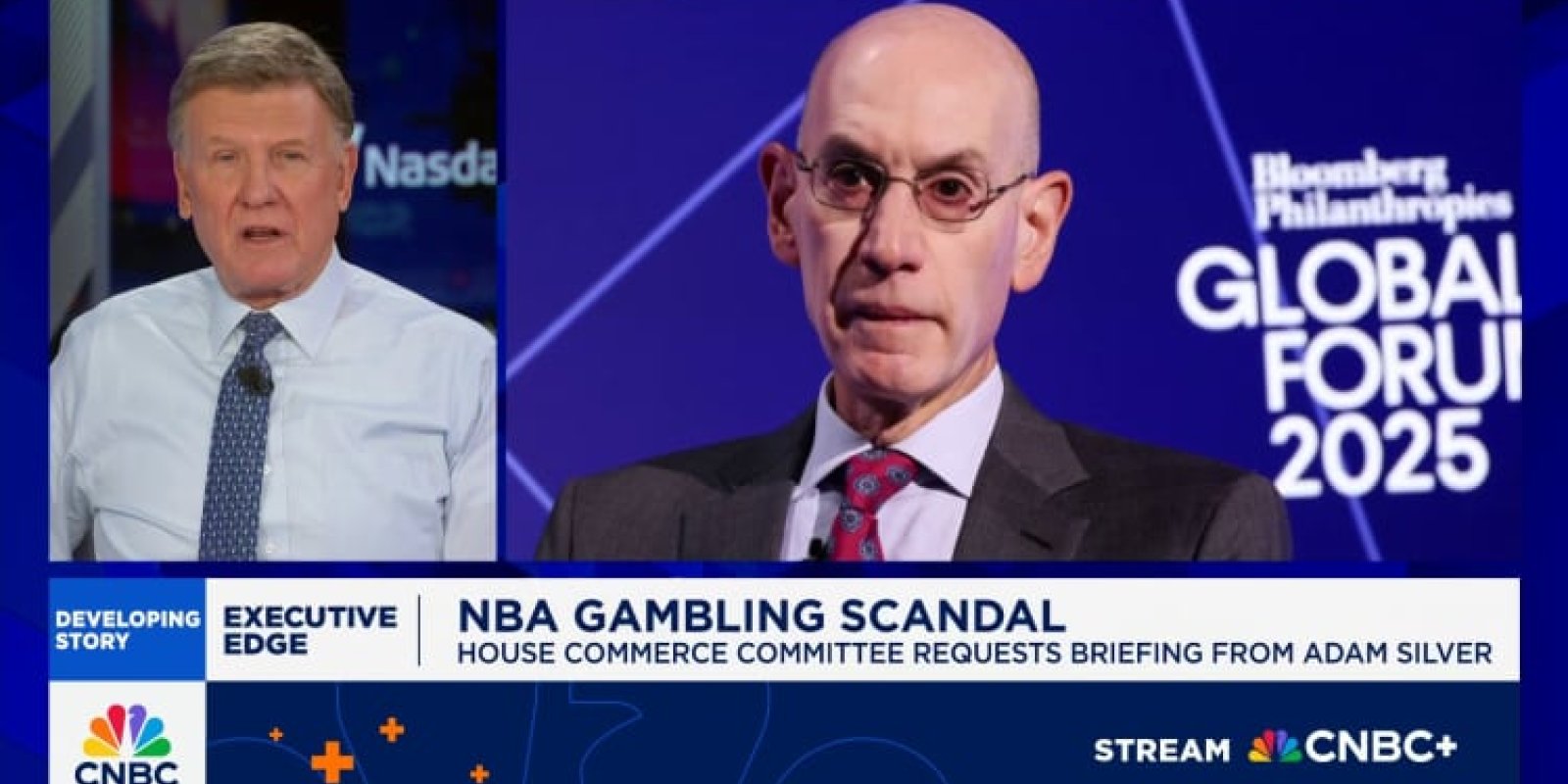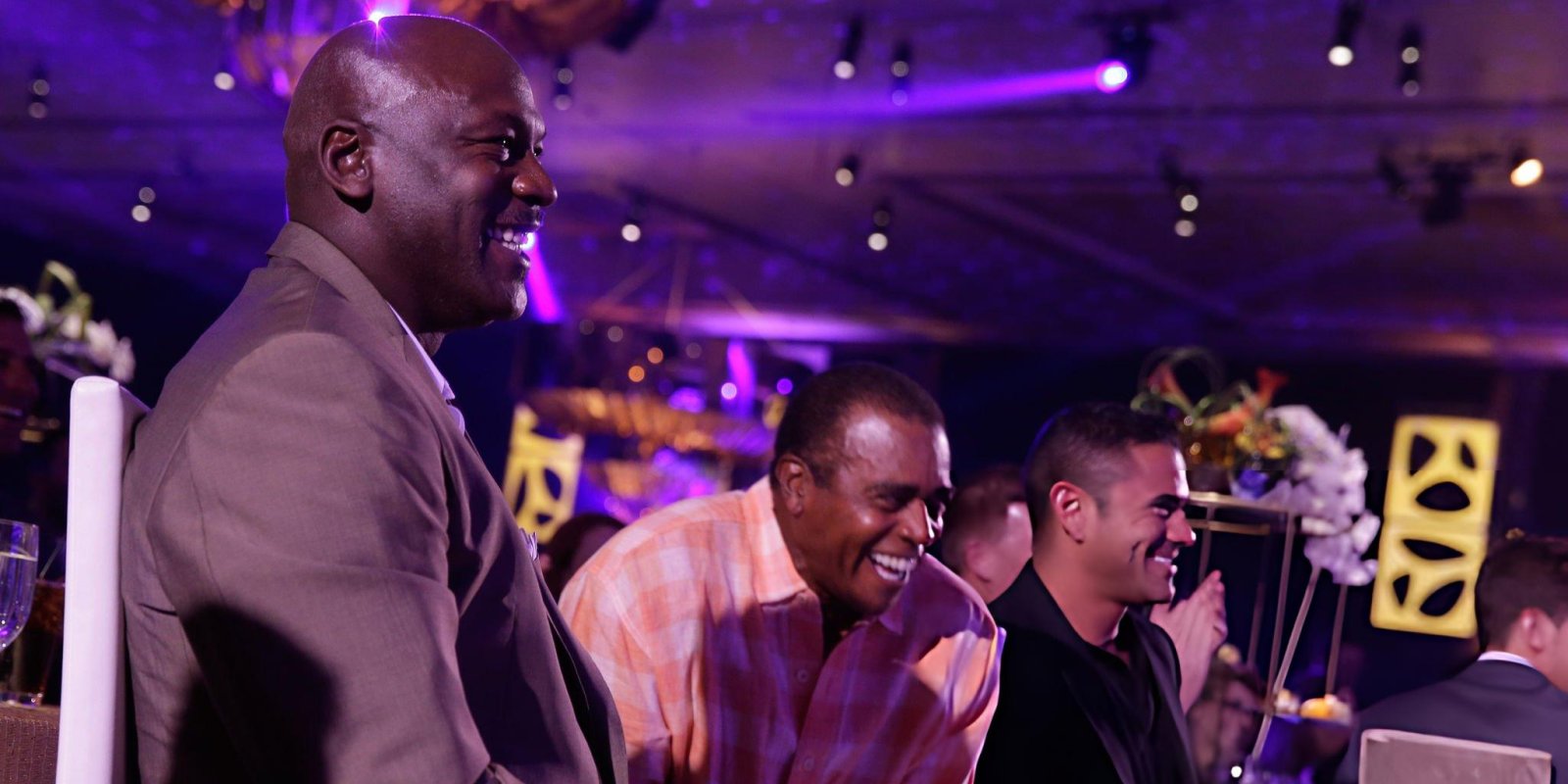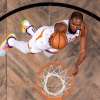
In the NBA, a worrying idea is being voiced more and more often: the league is regressing not because the players have become worse, but because they are taught the game incorrectly from childhood. Coaches and stars point to the same three-letter acronym as the culprit — AAU. What was once an amateur platform for children's development has turned into a hard-edged commercial conveyor belt where highlights, numbers and quick success are valued more than understanding the game. Against this backdrop, the number of foreign MVPs and stars from Europe, Canada, Africa and Australia is growing — and that is no longer a coincidence but a trend.
The European MVP Wave: A Warning Signal for the American System

Not so long ago it seemed unthinkable that the NBA's main individual trophy would consistently be taken by non-Americans. But the reality is this: Giannis Antetokounmpo wins MVP twice in a row, Nikola Jokic does the same, then the title goes to Cameroonian-French-American Joel Embiid, then back to Jokic, and now Canadian Shai Gilgeous-Alexander is a serious contender in the race. Waiting in the wings for future MVP awards are Luka Doncic and Victor Wembanyama. At the level of first-tier stars, Finn Lauri Markkanen or German Franz Wagner no longer surprise anyone.
At the same time, new waves of talent from all over the world are entering the league: French prospects Alex Sarr and Zaccharie Risacher, Lithuanian Matas Buzelis, Australian Dyson Daniels, Spaniard Hugo Gonzalez, Chinese Yang Hansheng and Russian Egor Demin. And against this backdrop, when experts compile lists of potential American MVPs for the coming years, most of them confidently name… essentially only Anthony Edwards.
In other words, the talent in the United States has not disappeared, but the layer of truly elite, fully formed players is getting thinner. And many link this to how children's and youth basketball is structured — first and foremost through the AAU system.
AAU: From Noble Amateurism to Elite Showcase
Originally, AAU (Amateur Athletic Union) was conceived as a noble project. The organization was founded in 1888 to develop sport among amateurs, to give children and teenagers the opportunity to take part in organized competitions and progress through playing.
For a long time AAU was essentially a kind of elective: extra basketball for those who simply wanted to improve. But as the classic "high school – college – NBA" ladder took shape in the United States, AAU neatly slotted itself between these rungs, expanded its powers and became an important link in the chain.
By the mid-1980s everything changed. The focus shifted away from mass development of amateurs and toward servicing the best high school players. AAU's main goal became simple: to give high school stars a platform to play outside the school season so that college and NBA scouts could see them. Education turned into a by-product, and the centerpiece became the display of a marketable "product".
By the early 1990s, AAU had turned into an elite club: you could only get in by invitation, players were selected individually, and parents paid substantial fees. The exclusivity factor reinforced the program's status, and playing in AAU tournaments helped players get into more prestigious colleges, earn bigger scholarships and attract the attention of NCAA coaches. On paper the formula looks ideal: high school – AAU – NCAA – NBA, with a consistently high level of competition.
But it is at this stage that the system begins to crack under its own weight — and turns from a tool of development into a source of systemic problems.
Priorities Upside Down: Wins, Highlights and the Finished Product
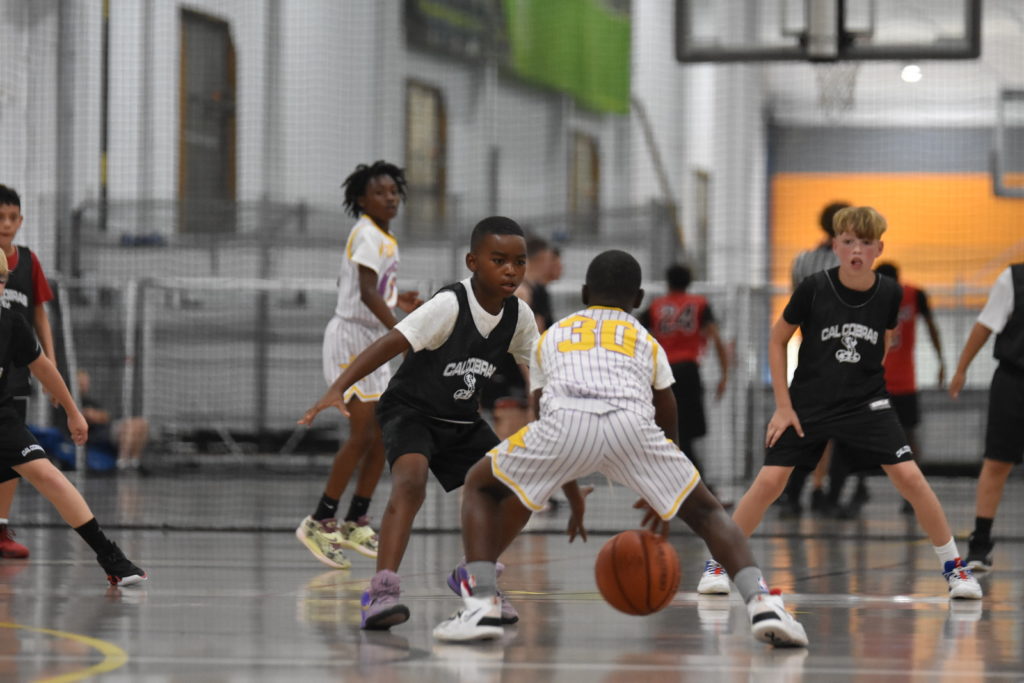
To live up to its elite brand image, AAU is forced to constantly deliver results. In such conditions, developing a basketball player as a thinking player recedes into the background. It is much more important to show a "finished leader" — even if he is not actually ready.
Hence the logic:
- win as often and as big as possible;
- put up a lot of points;
- produce highlights that will spread across social media;
- boost the popularity of the program and of individual players.
This approach leads to typical decisions:
- full-court press — maximum pressure and chaos;
- zone defense instead of man-to-man — faster to teach and easier to win with;
- one or two players run the offense, while the rest become bystanders.
The price for this is both simple and alarming:
- kids do not learn to read the game, see passing lanes or make decisions;
- team-wide progress disappears — only the player who shoots develops;
- there is no variety of sets: the game turns into shuttle runs and fast breaks.
As a result, many young players come out of AAU with a distorted idea of what real basketball is. For them the point is not how to build a half-court offense, but how to score as much as possible and make it into someone’s highlight reel.
Zone Instead of Man: How Basic Defense Is Disappearing
Man-to-man defense is not just "one-on-one". It is a school of responsibility and understanding of the game:
- ball pressure;
- the ability to fight through and switch on screens;
- constant communication with teammates;
- the feeling that "this guy is mine, I'm responsible for him".
But in AAU, coaches overwhelmingly choose zone defense. The reasons are obvious:
- it is easier to explain a zone — you place players according to a scheme and outline basic movements;
- a zone hides weak defenders;
- at the AAU level, it is simply more effective — it brings more "here and now" wins.
The problem is that if a child does not learn man-to-man defense between the ages of 10 and 14, it becomes many times harder to master this skill at 17–20. In high school and college it is already too late to catch up on the fundamentals that were never laid down. Hence the NBA paradox: from generation to generation there are more and more players who are brilliant offensively but on defense either are merely "present" or only imitate activity.
Experienced veterans and coaches say it outright: it is easier to get into the NBA as a defensive specialist than as yet another shooter who averages 25 points. But kids who have gone through AAU do not want to hear this — from childhood they are taught to value only points and stats, not the dirty but invaluable work on the defensive end.
Many Games, Few Practices: Chaos Instead of a Team
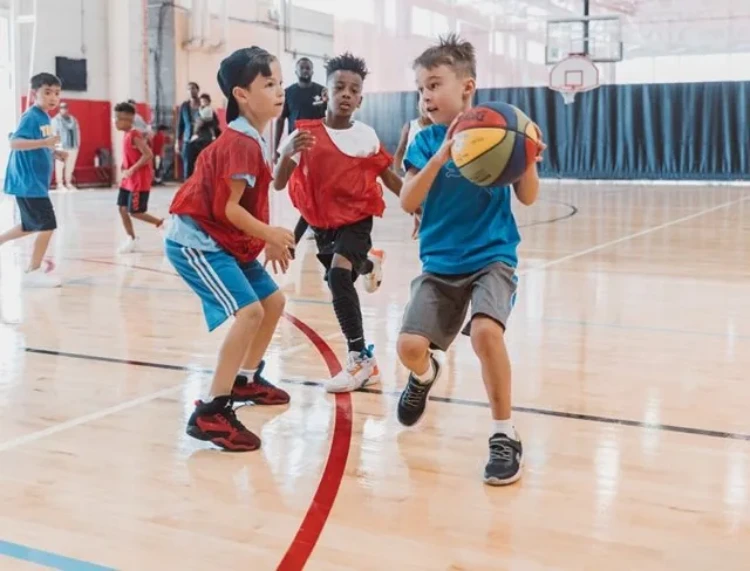
Another problem with AAU is that the balance between games and practices has been flipped on its head. The league has gone from being an assistant to school sports to becoming a direct competitor and, at times, a saboteur.
Students often play several sports at once: basketball in winter, baseball or track and field in spring, and sometimes lacrosse. Such variety develops the body and coordination in a versatile way and helps determine early on in which sport there is the greatest professional potential. But AAU's almost year-round schedule and tournaments that overlap with school seasons force kids to choose: the school team or AAU.
Everyone suffers as a result:
- kids are overloaded — several games a day, sometimes in different sports;
- school coaches lose their best players for key games;
- parents are caught between obligations and conflicts;
- the atmosphere within school teams deteriorates — it is hard to build a collective when someone is constantly missing because of AAU.
On top of that, AAU teams are often "thrown together" from all over the place: kids from different cities and states who have never met before are put on the same team shortly before a tournament. There is no time to develop chemistry — the priority is always more games, a better shop window for scouts rather than joint work. Even those who know how to play team basketball end up in an environment where this skill is barely in demand: everyone is out there for themselves, the main thing is to showcase individual performance.
When a Child's Knee Becomes a Disposable Resource
The darkest side of the system is children's health. AAU runs tournaments for all age groups, including elementary school kids. The situation where a second-grader flies halfway across the country just to play three or four games over a weekend is now considered normal. It is expensive for parents and exhausting for children, but the main problem lies elsewhere: in this race kids are sustaining adult-level injuries.
Many orthopedists and sports surgeons say the same thing: teenagers' knees and ligaments cannot withstand the load. Young athletes run, jump and play games four or five days a week, and no one monitors their movement mechanics or proper recovery. As a result, 14-year-olds end up on the operating table with damage that used to be typical only for professionals aged 25 and older.
Sports analysts and doctors note that the modern young basketball player often reaches his physical peak already at 16–17 years old, and after that his body simply "breaks down" under the strain of overuse and chronic microtrauma. Against the backdrop of endless games and travel, there is simply no time left for long-term development, strength training, technical work and full recovery.
Why No One Changes the System Even Though It Hurts Everyone

Critics of AAU — from Kobe Bryant to Steve Kerr, from school coaches to veteran NBA legends — agree on one thing: the balance between pros and cons has long since shifted in favor of the cons. Yet the system hardly changes.
The reasons are quite rational:
- AAU is an established business that generates stable income;
- every year, players who have come through AAU go into the NBA draft — and this is seen as proof that the model "works";
- AAU has a long history and strong reputation, which makes it very difficult for alternative programs to compete.
Yes, there are other development systems in the United States that try to fill the gaps left by AAU: more practices, an emphasis on team basketball, defense and health. But none of them have a "legend" and tournament network as large as AAU. AAU remains the main route to the dream — to get to the NBA and sign a contract. Even if a kid does not become the next LeBron, the minimum salary in the NBA is around $1.1 million, and for a veteran with 10+ seasons it is about $3 million. In this context, simply making it into the league is already viewed as a major success.
That is why participation in AAU tournaments is still seen as an almost mandatory step on the road to a professional career. And as long as the NBA successfully sells the world on the image of "the best league on the planet where the strongest from all over the world come to play", and the average level of players is still maintained by Americans, a fundamental overhaul of the youth system seems unlikely.
The NBA's Future Between Business and Development

On the one hand there is globalization, with European and international stars making the NBA even more spectacular and diverse. On the other hand there is the American development system which, in the view of many, is shooting itself in the foot: it prioritizes early wins and highlights over fundamental skills.
The paradox is that AAU really does help many people fulfill their dream: to get into a good college, enter the draft and sign a contract. But at the same time this very system:
- damages children's health with excessive workloads;
- deprives them of a full understanding of team basketball;
- produces a generation of players who know how to score but do not always know how to defend, cooperate and adapt.
As names like Giannis, Jokic, Doncic and Wembanyama are mentioned ever more loudly in the race for individual awards, the question addressed to the American development system becomes increasingly direct: for how long can the NBA rely on a conveyor belt that generates profit but quietly erodes the quality of the product? There is no clear answer yet — but as the "foreign wave" grows, that question will inevitably be asked louder and louder.

